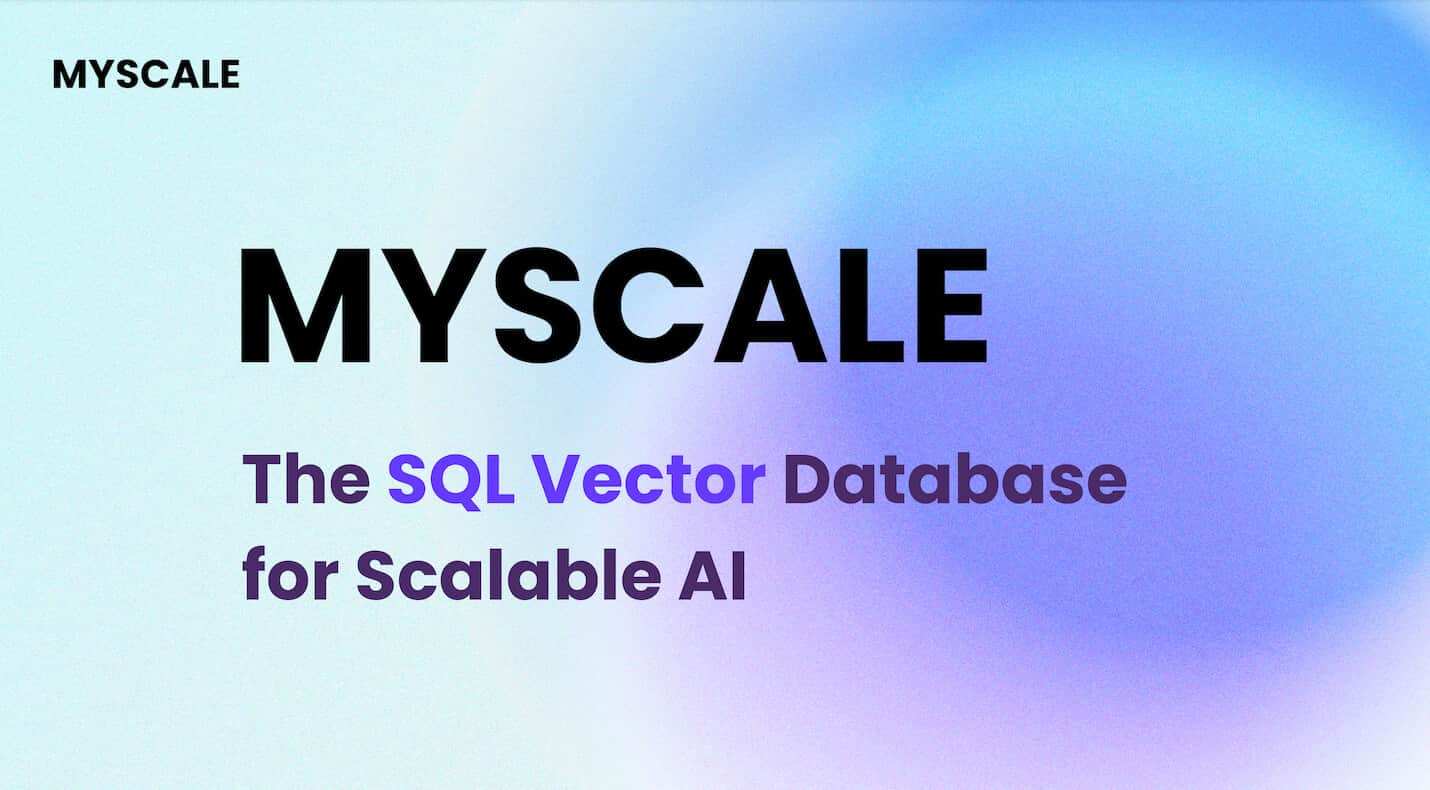
# A Quick Dive into RAG Systems
# What is a RAG System?
RAG systems, short for Retrieve and Generate, revolutionize information retrieval by seamlessly combining the power of retrieval and generation models. This innovative approach enhances search accuracy and response relevance by leveraging a vast knowledge corpus. By breaking down the acronym, we uncover its core functionality: retrieving relevant information and generating coherent responses.
# Why Semantic Cache Matters
Semantic cache plays a pivotal role in optimizing RAG systems. With an astounding accuracy rating of 99%, semantic cache significantly boosts search efficiency. Consider this - a 20% cache hit rate (opens new window) at 99% accuracy for Q&A scenarios showcases the remarkable impact of semantic caching on query responses. Cohere (opens new window)'s expansion to 38M passages (opens new window) while maintaining over 99% accuracy and Quark (opens new window)'s latency improvement from 200ms to just 7ms demonstrate the tangible benefits of semantic caching in real-world applications.
Cohere increased knowledge corpus from 3M to 38M passages (12x) while maintaining 99%+ accuracy
Quark improved latency from 200ms to 7ms (29x) and increased their corpus size by 40x
# Understanding FAISS (opens new window) and Hugging Face (opens new window) for Semantic Search
In the realm of semantic search, FAISS (Facebook AI Similarity Search) plays a crucial role in enabling fast retrieval through efficient algorithms (opens new window) for clustering embedding vectors. By creating specialized data structures known as indexes, FAISS facilitates the identification of similar embeddings swiftly (opens new window). This library is particularly adept at dense retrieval, where documents are retrieved based on their vector representations (opens new window) using nearest neighbors search algorithms (opens new window).
The integration of FAISS into Hugging Face datasets enhances the capability to build, train, and incorporate vectors into an index seamlessly. Leveraging FAISS within a project involving the Hugging Face library allows for conducting similarity searches with cross-referencing utilizing cosine similarity metrics (opens new window). For instance, in scenarios like sourcing data from Steam (opens new window), a popular gaming platform, FAISS proves invaluable in optimizing search efficiency and accuracy.
On the other hand, Hugging Face stands out for its prowess in language understanding tasks. The magic behind Hugging Face lies in its comprehensive suite of pre-trained models and transformers that excel in natural language processing applications. When combined with FAISS in RAG systems, Hugging Face complements the fast retrieval capabilities of FAISS by providing advanced language understanding functionalities (opens new window).
By synergizing FAISS for efficient retrieval and Hugging Face for robust language understanding within RAG systems, developers can achieve a harmonious balance between speed and comprehension in semantic searches.
# Step-by-Step Guide to Implementing Semantic Cache
Now that we understand the significance of semantic cache in enhancing RAG systems, let's delve into the practical steps of implementing this powerful tool alongside FAISS and Hugging Face for optimized performance.
# Setting Up Your Environment
When embarking on implementing a semantic cache for your RAG system, ensure you have the necessary tools and libraries at your disposal. Begin by installing FAISS and Hugging Face libraries to leverage their functionalities seamlessly. These libraries serve as the backbone for efficient retrieval and language understanding within your system.
Next, it's crucial to prepare a well-curated dataset that aligns with your specific use case. The dataset forms the foundation upon which your semantic cache will operate, influencing the accuracy and relevance of search results. Ensure that your dataset is diverse, comprehensive, and representative of the queries you anticipate encountering.
# Integrating FAISS with Hugging Face
To harness the combined power of FAISS and Hugging Face, start by creating vector representations of your dataset using Hugging Face's pre-trained models. These vectors capture essential semantic information from your data, enabling efficient similarity searches later on.
Once you have generated vector representations, proceed to build the semantic cache using FAISS. By constructing indexes based on these vectors (opens new window), you establish a robust framework for fast retrieval and accurate responses within your RAG system. The integration of FAISS with Hugging Face facilitates a seamless flow of information retrieval coupled with advanced language understanding capabilities.
# Testing and Tweaking for Optimal Performance
After setting up your environment and integrating FAISS with Hugging Face, it's time to put your system to the test. Run your first semantic search query to evaluate its responsiveness and accuracy. Fine-tune parameters such as indexing strategies, similarity metrics, and caching policies to optimize performance further.
By iteratively testing and tweaking these components, you can fine-tune your RAG system for optimal efficiency and effectiveness in handling complex queries across various domains.
# Wrapping It Up
# Key Takeaways
Reflecting on the implementation of semantic cache in RAG systems reveals a significant enhancement in search efficiency and response accuracy. By comparing RAG systems with and without semantic cache, it becomes evident that Semantic Cache offers a cache hit rate of approximately 20% at an impressive 99% accuracy for Q&A scenarios. This improvement not only reduces latency and costs but also elevates the overall user experience by providing more relevant responses promptly.
Furthermore, the shift towards leveraging Semantic Cache in RAG systems showcases its prowess in enhancing Large Language Model (LLM) (opens new window) applications. Unlike traditional caches relying on exact keyword matching, Semantic Cache optimizes responses based on semantic meaning or context (opens new window) within queries, offering a more nuanced and precise retrieval process.
# Future Possibilities
Looking ahead, there are exciting opportunities to expand the capabilities of your RAG system by delving deeper into the integration of FAISS and Hugging Face. By exploring further synergies between these powerful tools, developers can unlock new avenues for improving search performance and language understanding within their systems. Embracing advancements in semantic caching technologies opens doors to refining information retrieval processes and advancing natural language processing tasks to unprecedented levels of efficiency and accuracy.



